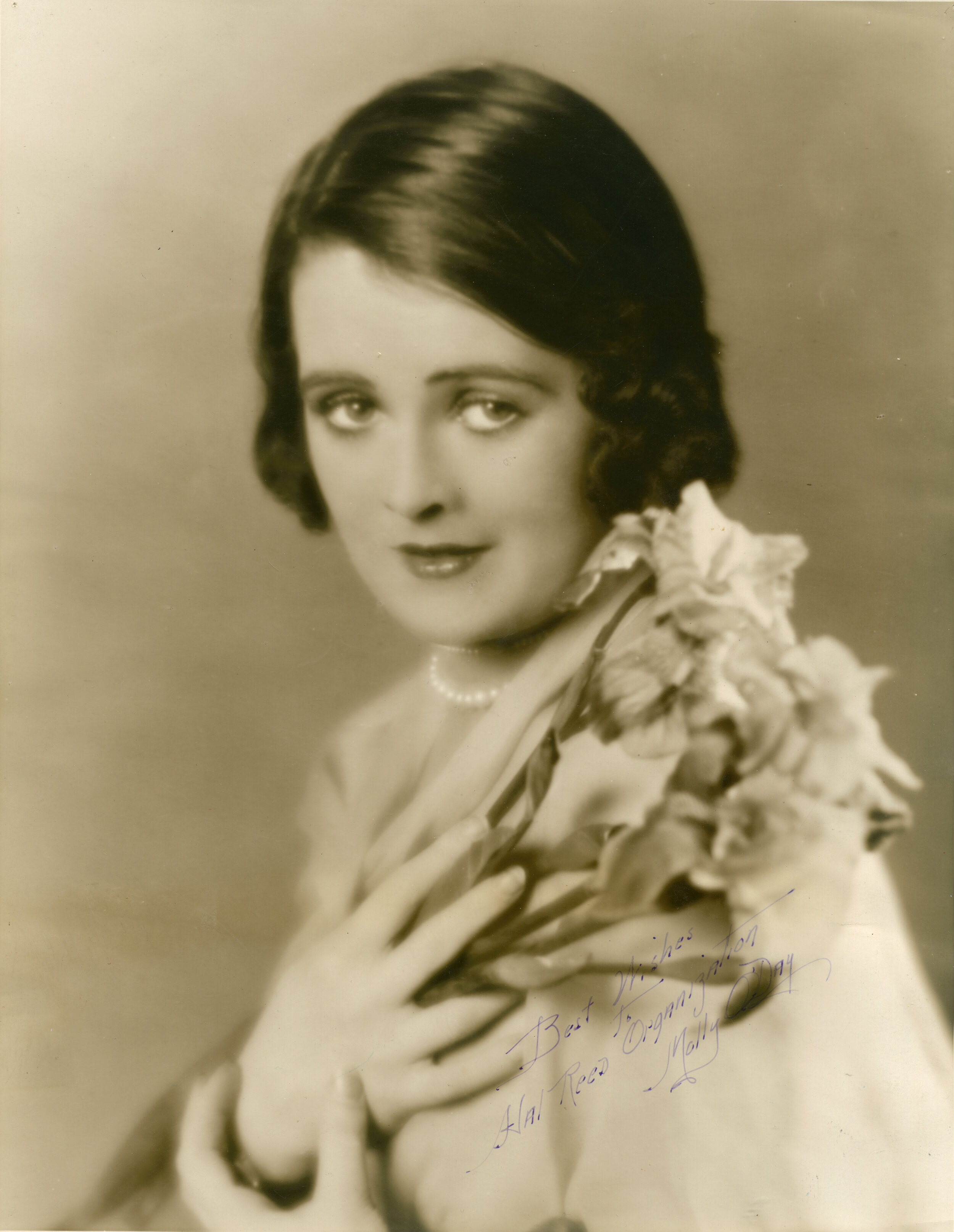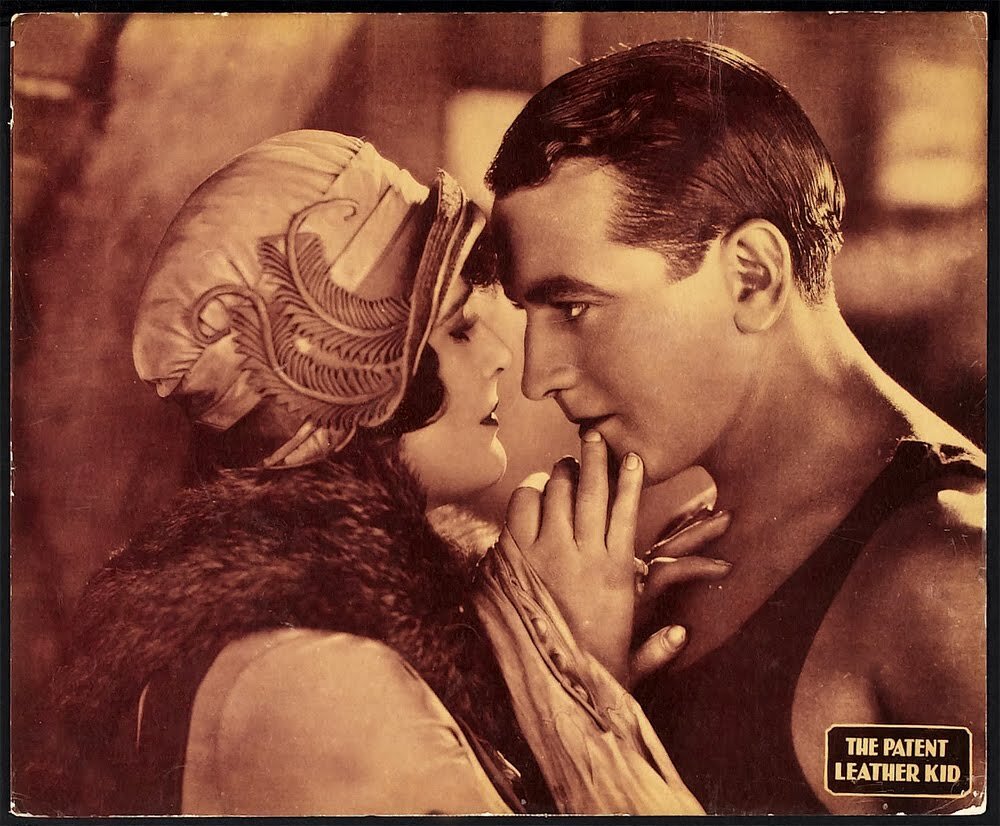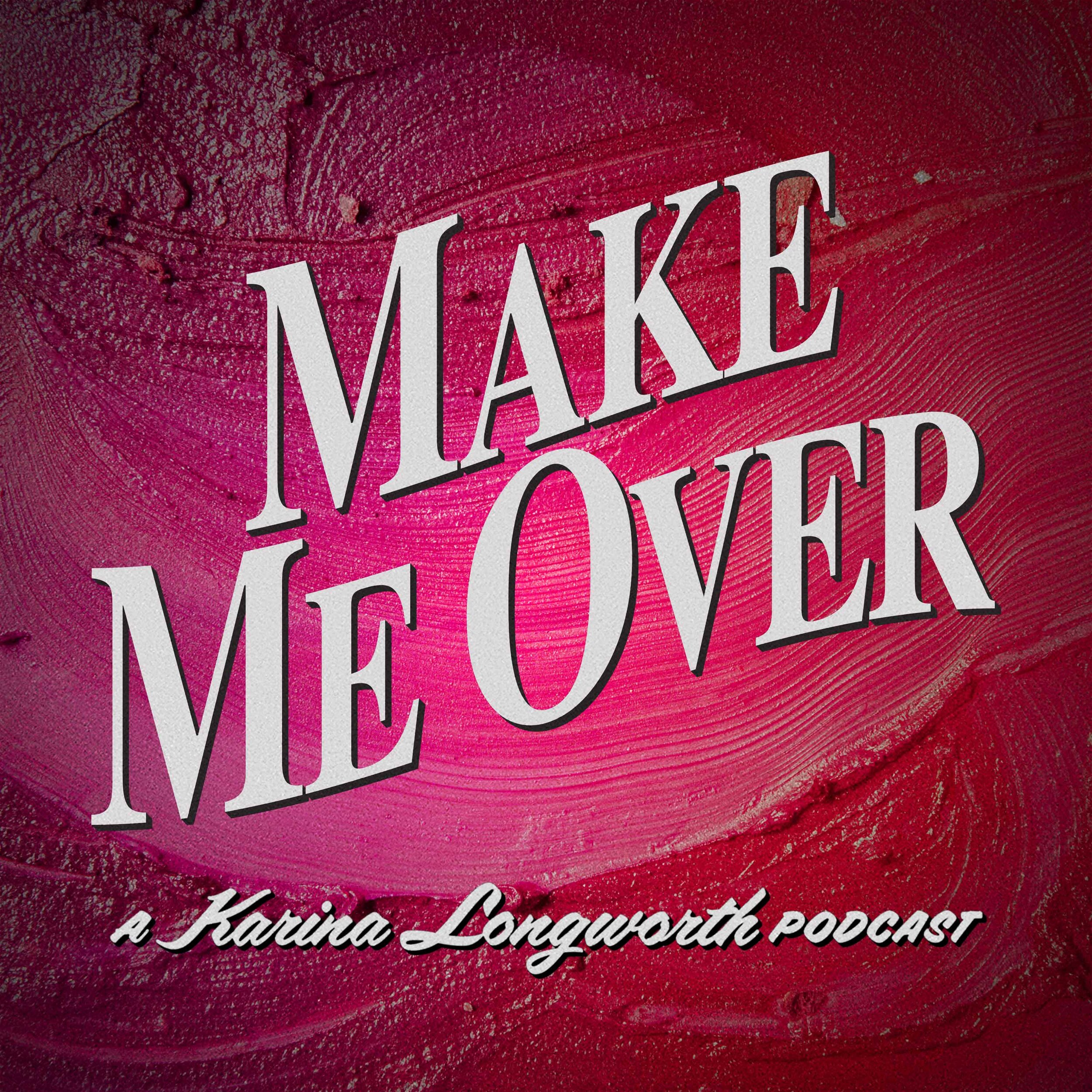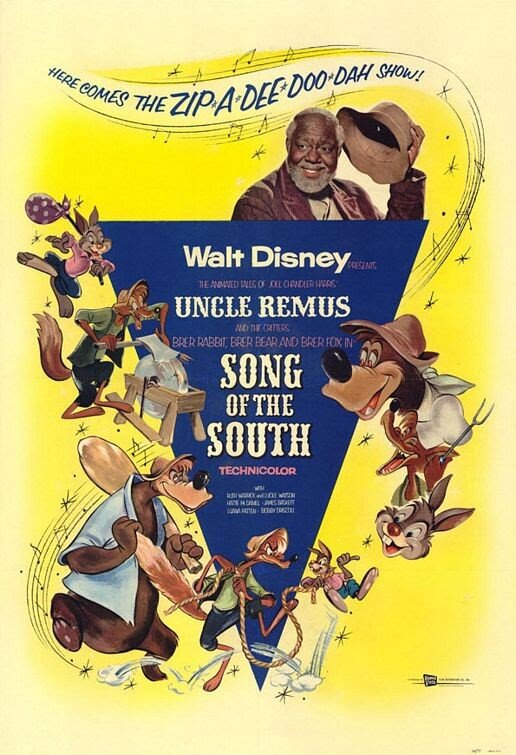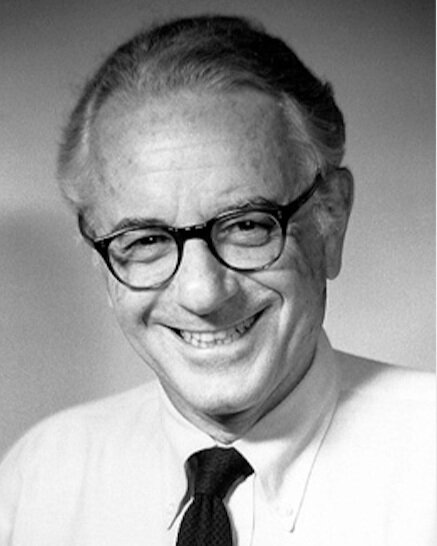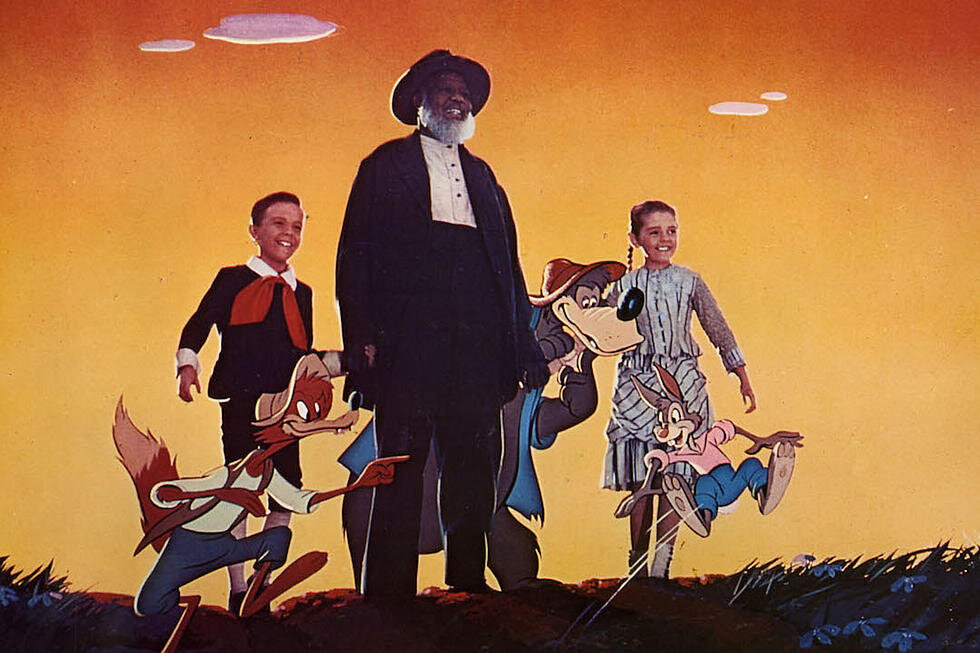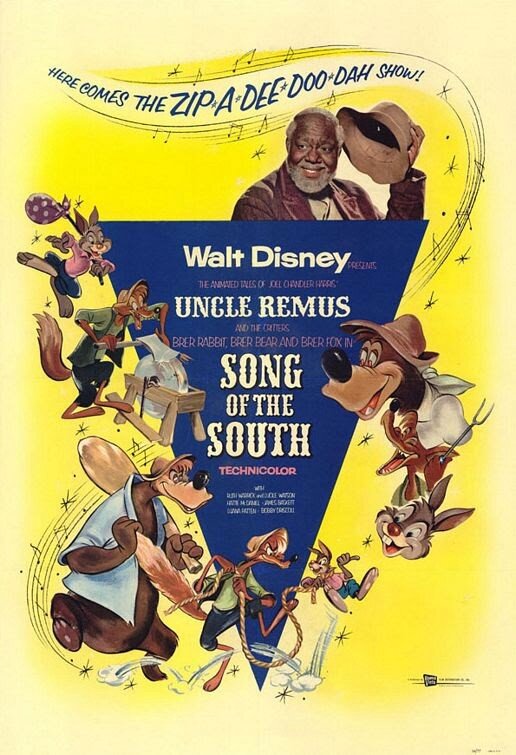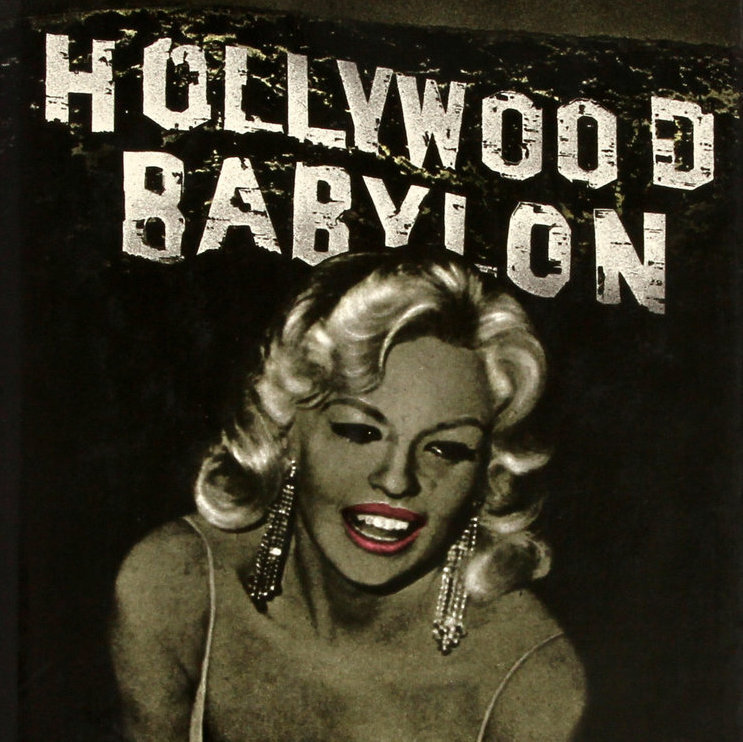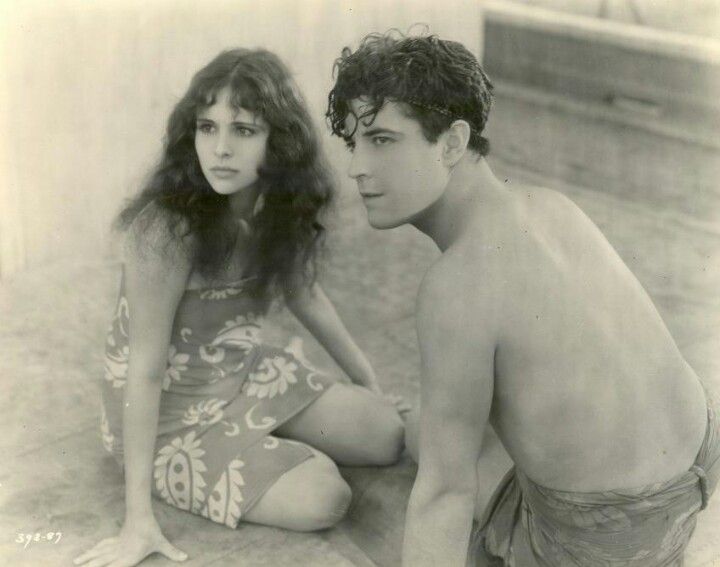Listen to this episode on Apple Podcasts.
In 1933, the biggest female star in American movies wasn’t a sex symbol like Greta Garbo, Jean Harlow, or Marlene Dietrich. It was Marie Dressler — homely, overweight, and over 60 years old. The public loved nothing better than to see their Marie play a drunk or a dowager and steal every scene from the glamour girls less than half her age. Dressler had been down and out for most of the 1920s. That she became a star at age 60 was an achievement that told Depression-battered audiences it was never too late. Today we take a look at the life of Marie Dressler; from Broadway, to the picket lines, to the breadline and to the Oscar podium, she proved that in some cases, Hollywood stardom can be more than skin-deep.
This episode was written and performed by Farran Smith Nehme, who has written about film and film history for the New York Post, the Wall Street Journal, Barron’s, the New York Times, Film Comment, Sight & Sound, Criterion, and at her blog, Self-Styled Siren. Her novel, Missing Reels, was published in 2014.
SHOW NOTES:
Sources specific to this episode:
Without Lying Down: Frances Marion and the Powerful Early Women of Hollywood by Cari Beauchamp
My Own Story by Marie Dressler
Marie Dressler: A Biography by Matthew Kennedy
Marie Dressler: The Unlikeliest Star by Betty Lee
The Great Movie Stars: The Golden Years by David Shipman
“How to Lose Your Job as a Motion-Picture Exhibitor” by John McElwee, at Greenbriar Picture Shows
A Great Big Girl Like Me: The Films of Marie Dressler by Victoria Sturtevant
Interview with Cari Beauchamp, Oct. 15, 2019
Music:
The music used in this episode, with the exception of the intro, was sourced from royalty-free music libraries and licensed music collections. The intro includes a clip from the film Casablanca.
Excerpts from the following songs were used throughout the episode:
When Pictures Learned To Move - Roman Raithel
Sweet Annabelle - Sam Fonteyn
Tell Me What You Know - Jess Ellis Knubis
Twitten Twirlings - Miles Dylan, Harry Spencer
Dancing Society - Robert Sharples
The Great Depression - Geoffrey Peter Gascoyne
Old Slapper - Geoffrey Peter Gascoyne
Oh What Fun - Frederick George Charrosin
Yacht Club - Alain Francois Edouard Bernard
Radio Days - Nicolas Wilhem Mollard
Swing Nocturno - Otto Sieben
A Picture of You - Roman Raithel
Paris Blues - Marc-Olivier Nicolas Dupin
Periodicality - Laurent Dury
Credits:
Make Me Over is a special presentation of You Must Remember This. It was created and directed by Karina Longworth, who also edited the scripts.
This episode was written and performed by Farran Smith Nehme.
Research and production assistant: Lindsey D. Schoenholtz.
Social media assistant: Brendan Whalen.
Producer: Tomeka Weatherspoon.
Editor: Jared O'Connell.
Audio engineers: Jared O'Connell, Andrea Kristins and Brendan Burns.
Supervising Producer: Josephine Martorana.
Executive Producer: Chris Bannon.
Logo design: Teddy Blanks and Aaron Nestor.










